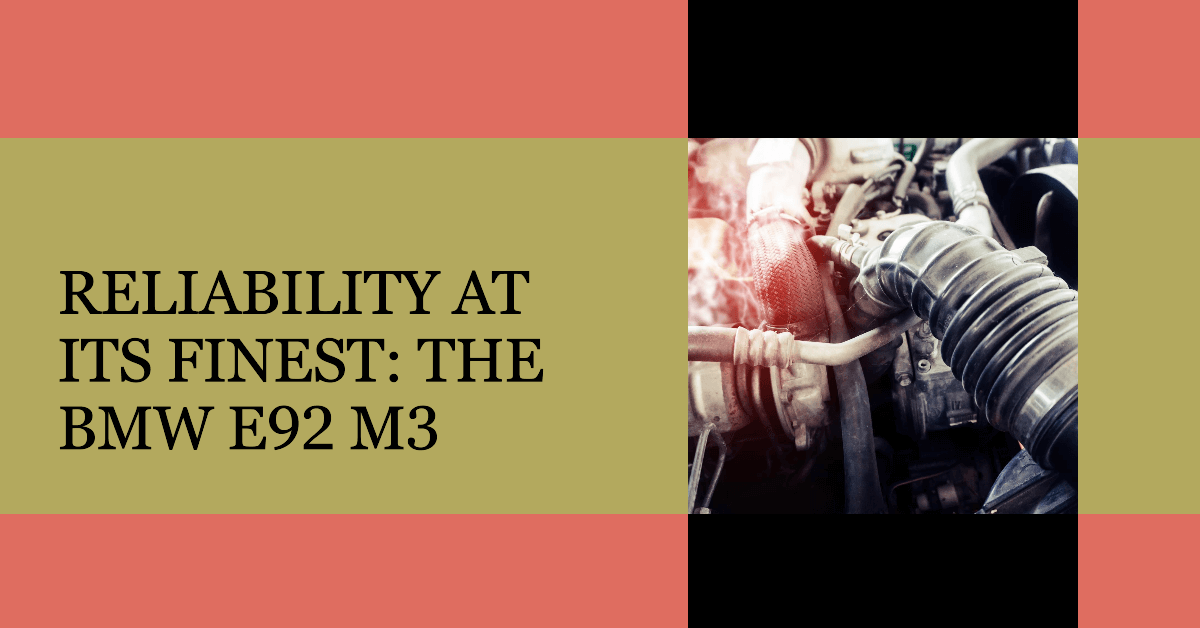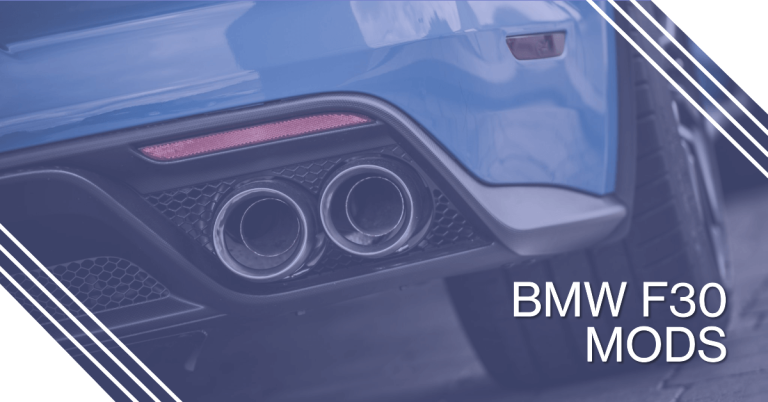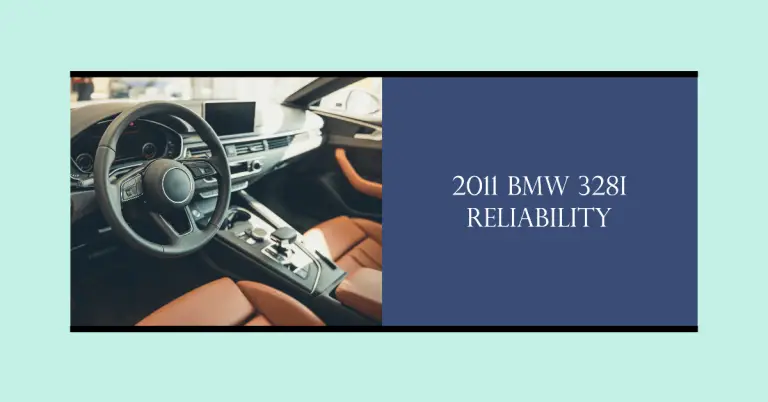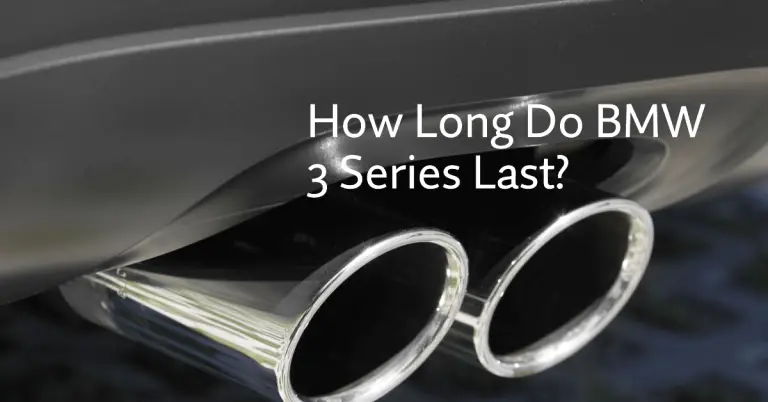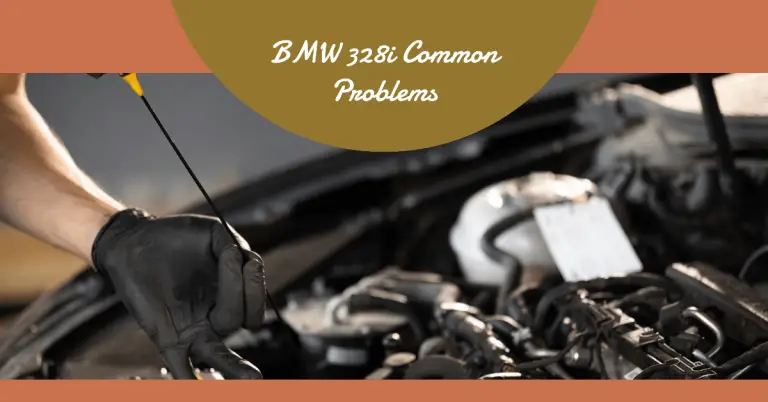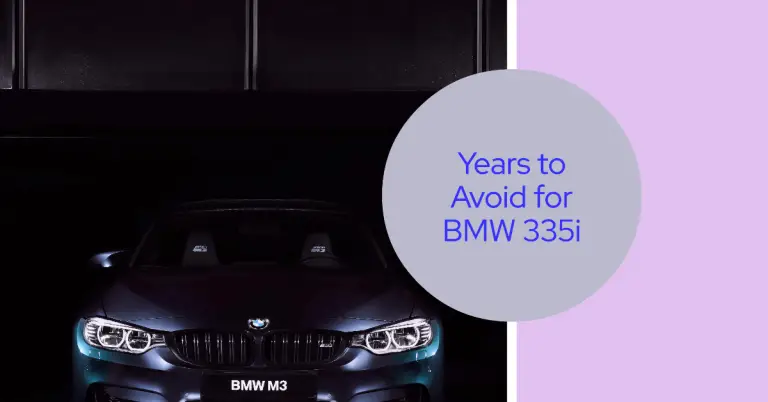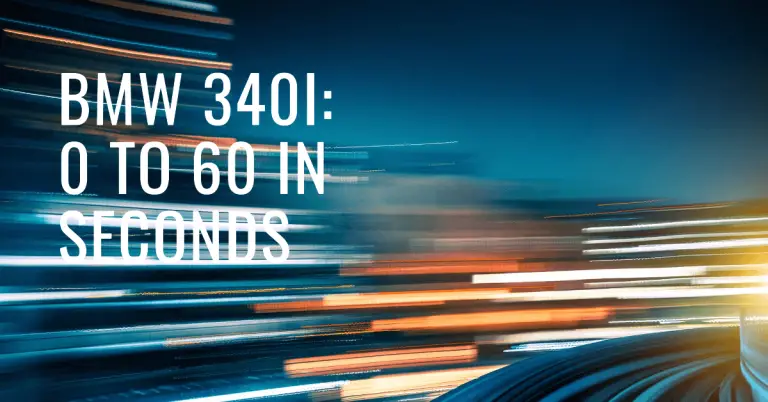E92 M3 Reliability: What You Need to Know
The BMW M3 has long been considered the pinnacle of German sports sedans. With its powerful V8 engine, razor sharp handling, and aggressive styling, the E92 generation M3 (produced from 2008-2013) represents the peak of the naturally aspirated M3 lineup.
But is the E92 M3 as reliable as it is thrilling to drive?
The short answer is that the E92 M3 suffers from some common issues, especially as it accumulates mileage. However, with preventive maintenance and addressing problems early, it can still provide tens of thousands of miles of motoring enjoyment.
In this detailed E92 M3 reliability guide, we’ll cover:
- An overview of the high-revving E92 M3
- How reliable the M3 is compared to other generations
- Common engine, transmission, suspension, and electrical issues
- Maintenance tips and estimated yearly costs
- And if the E92 M3 is reliable enough to buy used
Let’s get started!
Overview of the Legendary E92 M3
The E92 was part of the 4th generation E9x 3 Series line produced by BMW from 2006 to 2013. When the M3 version was introduced in 2008, it was an instant hit with driving enthusiasts.
Powered by a high-revving 4.0L V8 (called the S65), the E92 M3 pumped out 414 horsepower – a huge jump over the previous generation’s 333 hp. This rocket of an engine enabled a 0-60 mph time of just 4.1 seconds.
Backing up the powerful V8 was a standard 6-speed manual transmission or an optional 7-speed dual clutch transmission (DCT). A limited slip differential helped maximize traction and handling.
To increase agility, aluminum and carbon fiber were used extensively to reduce weight. The suspension, steering, chassis, and brakes were also track-tuned by BMW’s M division engineers.
Visually, the E92 received an aggressive makeover with a bulging aluminum hood, flared fenders, quad exhaust, and gaping front air intakes. The interior gained race-inspired bucket seats and performance gauges.
In summary, the E92 M3 represents the pinnacle of BMW’s naturally aspirated high performance sedans right before turbocharging and electric power took over. This winning combination of power, handling, and styling makes the E92 an instant collectable BMW.
How Reliable is the E92 M3?
Now let’s get into the big question: how reliable is the BMW E92 M3, especially with high mileage examples now over 10 years old?
The short answer is that the E92 M3 is less reliable than a standard 3 Series, but comparable or slightly better than older M3 generations. High mileage M3s will need more maintenance, but taken care of, can still be daily driven.
According to consumer sites, the E92 M3 scores 3.5 out of 5 for reliability. That’s a bit lower than the regular 3 series which gets 4 out of 5.
The main issues with the M3 are the rod bearings in the high-strung V8 and the added complexity of performance components that wear quicker than a normal 3 Series.
However, the E92 M3 is still more reliable than earlier generations like the E46 M3. Those were known for having catastrophic engine failures due to the weaker rods and bearings used in the S54 engine.
So while not Toyota level reliable, an E92 M3 can still make a practical daily driver – if maintenance and known issues are properly addressed.
Now let’s take a deeper look into the E92 M3’s problem areas and what can be done to improve longevity.
E92 M3 Engine Reliability
At the heart of the E92 M3 is the high-revving, naturally aspirated 4.0L S65 V8 engine.
While an engineering marvel, the S65 does suffer from some inherent flaws that can seriously affect reliability. Let’s look at the top issues:
Rod Bearing Wear
The #1 problem is premature wear of the rod bearings which support the crankshaft. BMW M3 engines are known for weaker bearings that were not designed for high RPM use.
The E46 M3 engines were plagued by rod bearing failures. So the E92’s S65 got an upgrade to rod bearings made of stronger materials. However, they can still wear out, especially if the engine overheats or oil is low.
Many E92 M3 owners proactively replace their rod bearings as preventive maintenance around 80k miles. That can cost $2000+ for parts and labor. If the bearings fail completely, it often necessitates a full engine rebuild or replacement.
Oil Consumption
The E92 M3 is also known for burning oil – up to 1 quart per 750 miles once high mileage sets in.
The oil consumption comes from a few factors:
- Fouling of the oil scraper rings meant to keep oil off cylinder walls
- Cylinder bore wear over time
- Possible leakage through valve stem seals
Owners should check oil regularly and top up when needed. Using thicker viscosity oil can also help reduce oil burn.
Cooling System Failures
The S65 is more prone to overheating issues compared to normal BMW engines. Weak points include the water pump, radiator end tanks, and expansion tank.
As part of preventive maintenance, the entire cooling system should be refreshed every 5 years or 60k miles. That includes replacing the water pump, thermostat, radiator hoses, expansion tank, and coolant.
Proactive cooling system replacements can help prevent catastrophic engine failures down the road.
Manual vs. DCT Transmission
The E92 M3 came with two transmission choices:
- A proper 6-speed manual
- A 7-speed dual clutch automated manual transmission (DCT)
The manual transmission is generally more reliable than the DCT. However, the clutch wear is accelerated in the M3 due to the high torque output of the S65 engine.
Many E92 M3 owners have to replace the clutch every 40,000 to 60,000 miles depending on driving style. fortunately, the rest of the manual gearbox is solid and problems are rare if the fluid is changed regularly.
The DCT transmission is faster shifting but less reliable than the standard manual. Issues include:
- Clutch wear requiring frequent replacement
- Rough shifts, especially when cold
- Mechatronic unit failures
- Leaking input shaft seals
Repairing DCT issues is also very expensive. Some owners choose to convert their DCT to a traditional manual to avoid expensive transmission replacements.
So while the DCT is great for performance, the manual is the way to go for reliability.
Suspension and Steering Problems
To achieve razor sharp handling, the E92 M3 gets re-engineered suspension and steering components. However, the trade off is shorter lifespan compared to the regular 3 Series.
Here are problem areas to look out for:
- Control arm bushings wear out quickly due to the stiff M3 suspension. Worn bushings cause clunking noises over bumps and loose handling.
- Shocks and struts also wear out faster – sometimes as early as 25,000 miles. Replacing shocks and struts restores bounce control and ride comfort.
- Steering rack has a higher failure rate due to leaking seals. Power steering fluid leaks can cause whining noises and loss of assist.
- Tie rods are stressed by hard driving and can wear out sooner than expected.
Replacing bushings, shocks, steering racks, and tie rods can return the tight M3 steering and handling – but expect to replace these parts earlier than a standard 3 Series.
Electrical System Issues
With more performance components comes more complexity in the electrical system. Here are some vulnerabilities:
- Faulty sensors – O2 sensors, crankshaft sensors, camshaft sensors wear out over time and cause check engine lights.
- Battery and alternator failures – The battery tends to die sooner while the alternator may not keep up with the car’s electrical demands.
- Electrical glitches – Owners report various electrical gremlins like radio or gauge cluster malfunctions, weird warning lights, and CAN bus communication issues.
- Short circuits – Common places for shorts include the water pump, starter, and blower motor. Electrical faults can be challenging to diagnose.
While any car will develop some electrical issues with age, the E92 M3 seems more prone than average. Thorough diagnostics by a skilled BMW tech is key to sorting out gremlins.
Interior Wear and Tear
The interior of an aging E92 holds up reasonably well, though the sportier M3 components tend to wear quicker.
Some trouble spots include:
- Driver’s seat bolster – gets damaged over time from entering and exiting the car.
- Carbon fiber trim – prone to scratches and peeling over time.
- Rattles and squeaks – common from interior plastic trim panels and door cards.
- iDrive issues – possible glitches with the early generation iDrive like screen pixels failing.
Replacing the driver’s seat, tightening trim panels, and keeping the iDrive software updated can help reduce interior issues. Considering the car’s age, most wear is acceptable if properly maintained.
High Brake and Tire Wear
The E92 M3 is hard on consumable items like brakes and tires due to its performance capability.
Owners report replacing brake pads and rotors as often as every 15,000 miles depending on driving habits. Tracking the car accelerates wear. Sticking to high performance pad compounds can extend brake life.
Tires also wear quicker on an M3. Rear tires in particular suffer from wheel spin and burn outs. Owners recommend using only high performance, summer tires rated for high speeds. Popular brands include Michelin Pilot Super Sports, Continental ExtremeContact Sports, and Bridgestone Potenza RE-71R.
Going with quality pads, rotors, and tires combined with judicious driving helps reduce wear on these items. Still, expect to replace them more often than a standard vehicle.
Maintenance Tips for E92 M3 Reliability
While the E92 M3 has its problem areas, keeping up with preventive maintenance is key to reaching high miles without major issues.
Here are the most important maintenance tips for long term reliability:
- Change oil regularly – every 5,000 miles is ideal. Use quality synthetic oil and OEM BMW filters. Send used oil for analysis to catch problems early.
- Inspect rod bearings – have them looked at by 80k miles and proactively replace if needed. Don’t wait for failure.
- Refresh cooling system – replace water pump, radiator hoses, thermostat, expansion tank every 60k miles. Use quality BMW or high performance parts.
- Change transmission fluid – for both manual and DCT gearboxes, follow BMW’s severe duty service schedule.
- Replace clutch – if slipping or nearing the recommended mileage – typically 50,000 miles.
- Inspect front end – check control arm bushings, tie rods, steering rack at each service. Replace if worn.
- Check engine sensors and grounds – replace faulty sensors triggering check engine lights. Clean grounds to prevent electrical issues.
- Fix leaks early – address any oil, coolant or power steering leaks right away to prevent bigger problems.
Following comprehensive maintenance like this does come at a cost. Expect to budget $2000 a year for preventive repairs and standard services like oil changes. High mileage M3s may run more. While not cheap, it’s worth it to preserve the M3 driving experience.
Is the E92 M3 Reliable Enough to Buy Used?
In the hot used car market, clean E92 M3 examples still command a premium price.
Does the E92 M3 represent a smart long term buy though considering its reputation for lower reliability?
There’s no clear yes or no answer – it depends on your priorities as a driver and enthusiast.
If you want uncompromising BMW performance and driving engagement with lower running costs, an E92 M3 can still be a good option. But it requires accepting higher maintenance expenses and being proactive on repairs. Buying from a meticulous owner who has service records is also key.
On the other hand, if you want a more worry free and economical sports sedan, a later model M3 like the F80 may be a better pick thanks to its turbocharged engine and improved electronics. Or consider BMW’s other legendary inline 6-powered cars like the E46 3 Series, E39 M5, and E38 7 Series which are more robust.
For the right owner – one who wrenches on their own car and doesn’t mind the maintenance – the E92 M3 still delivers an unbeatable driving experience. It represents the pinnacle of BMW’s naturally aspirated high-revving V8 and the last of the analogue M cars before turbos, EVs and computers took over.
Yes, it comes with a higher cost of ownership. But taken care of properly, the E92 has plenty of performance and excitement left in its second decade and beyond.
Wrap Up
While not as reliable as a Lexus or Toyota, the BMW E92 M3 can still make for an exciting and useable sports sedan – especially for the BMW enthusiast. Maintenance costs are higher, but address issues proactively and the S65 V8 will keep delivering joy ride after joy ride.
We hope this detailed reliability guide helps you make the right choice if considering purchasing an E92 M3. And remember to budget extra for top-notch maintenance – the cost for enjoying one of BMW’s all time great driving machines.

